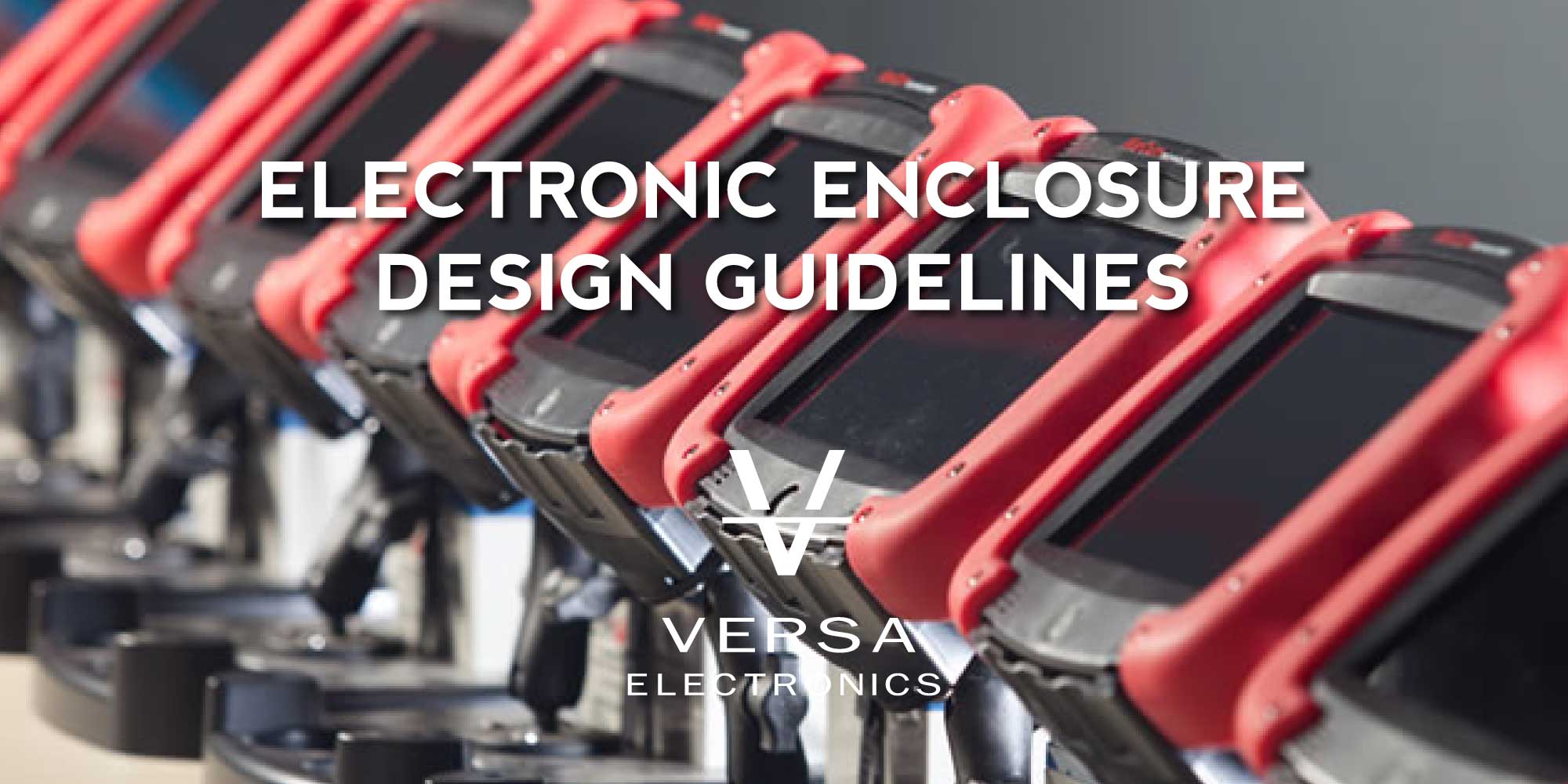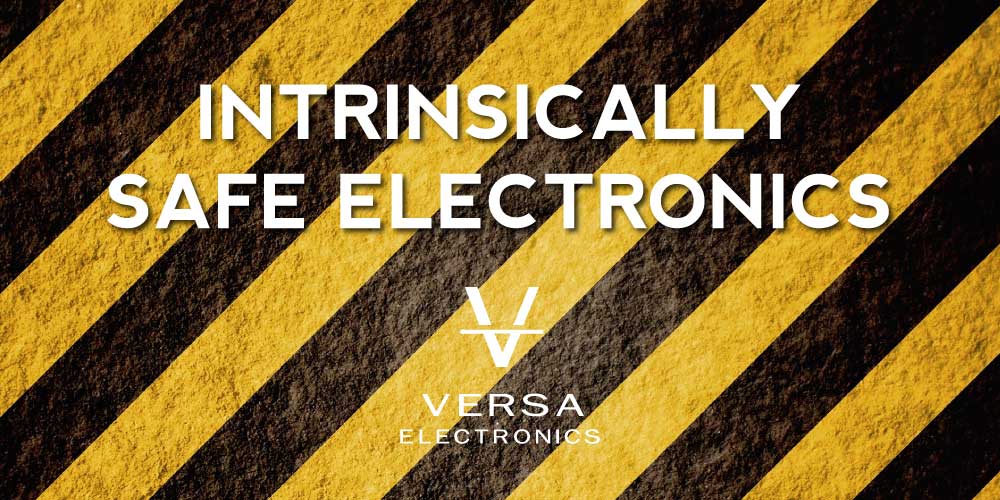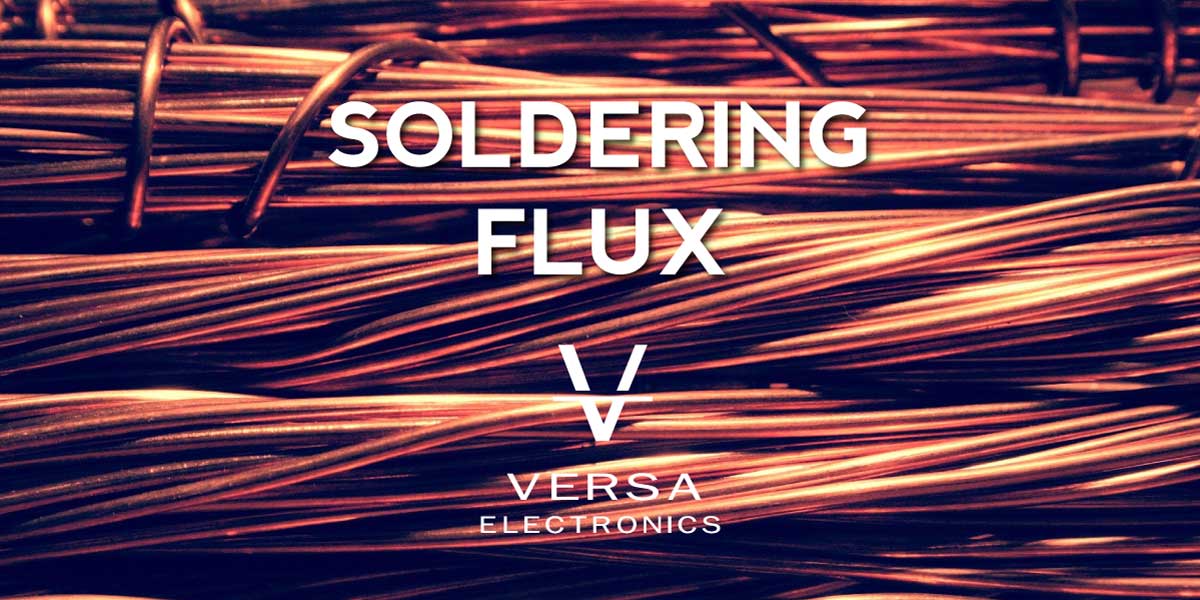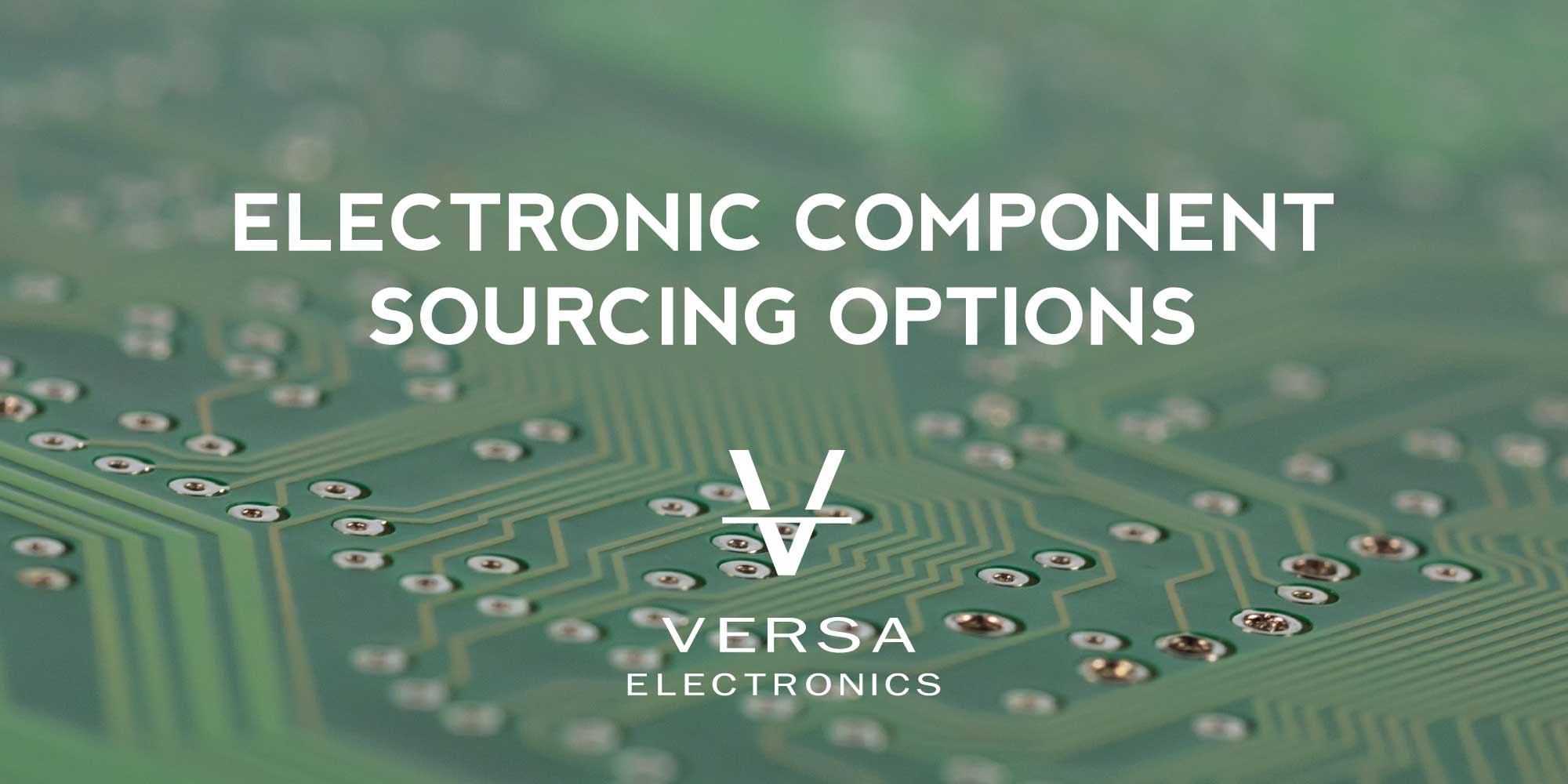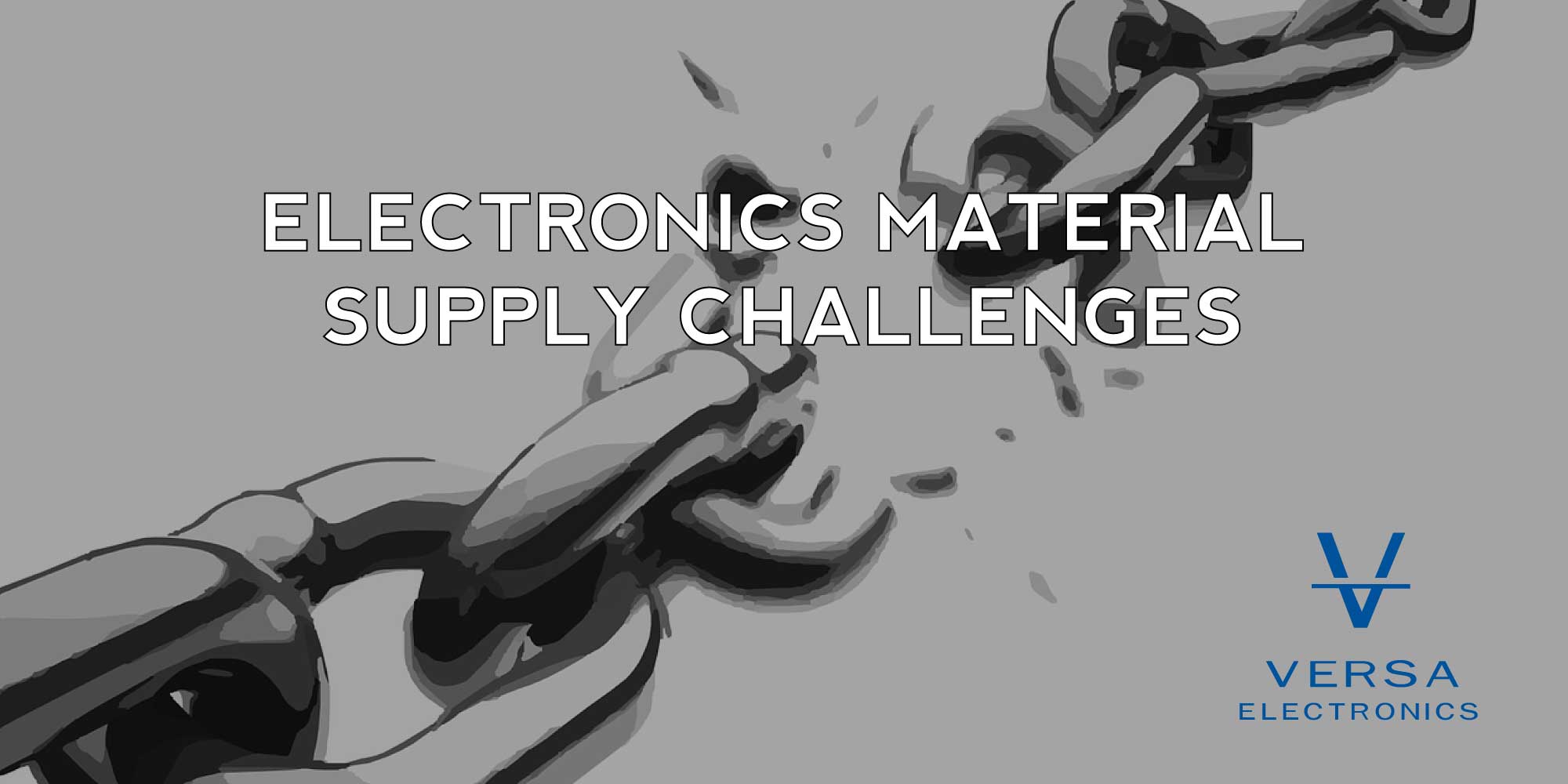Do You Have An Electronic Assembly Project We Can Help With?
Electronic Enclosure Design Guidelines
The role of enclosure design in the electronics industry cannot be overstated. From the smartphones in our pockets to extension cords and home theaters, the outer cover of these devices is crucial to their function, performance, and life. PCB enclosures
Intrinsically Safe Electronics
Workplace health and safety procedures are crucial for the well-being of both employees and employers. All industries have safety risks, but in high-risk environments, people face real dangers as they earn their livelihood. When designing electronic equipment for use in
What is a Soldering Flux?
Soldering flux is a chemical substance used before and during the soldering process of electronic components. Soldering flux can be used for both manual and automated soldering processes. Soldering flux is mainly used to prepare the metal surfaces before soldering
Electronic Components Sourcing Options – Pros and Cons
Whether you have an in-house process for manufacturing electronic components or depend on a CEM (Contract Electronics Manufacturer), it's critical to have a steadfast supply chain. Unfortunately, today the supply chain is experiencing serious difficulties due to the global pandemic,
What Companies Must Learn From Electronics Material Supply Challenges
Companies Must Learn From The Electronics Material Supply Challenges Brought By COVID-19 Covid-19 was the black swan event that exposed the critical fragilities inherent in global supply chains. According to Accenture, 94% of Fortune 1000 companies have experienced supply chain
Lead vs. Lead-Free Solder
Lead vs. Lead-Free Solder in Electronics Manufacturing Soldering is an important tool in electronics manufacturing used in building anything from a child’s toy to a spacecraft. Whether lead-free or leaded, all solder serves the same function – it acts as

